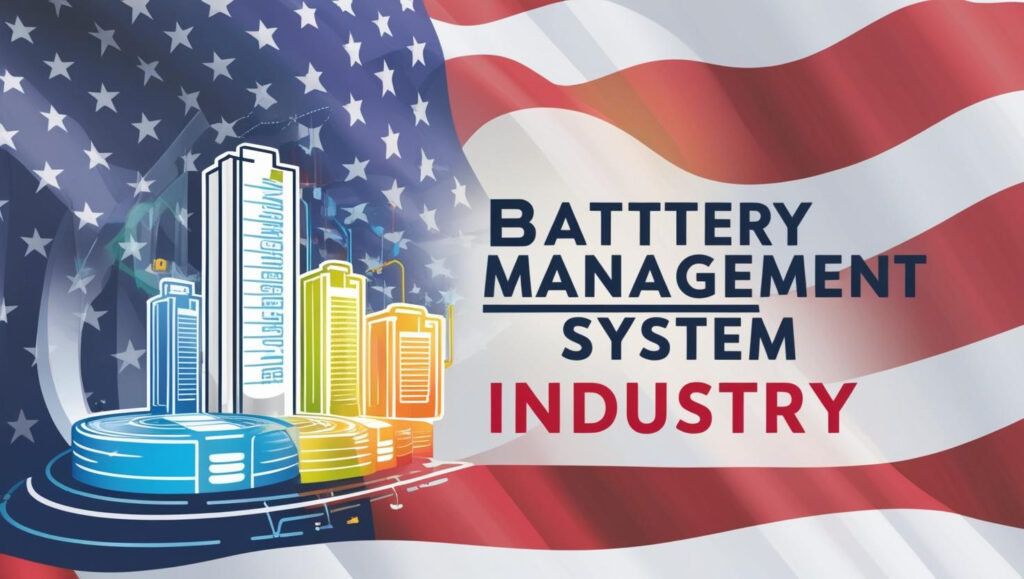The global Battery Management Systems (BMS) market is a critical component of the electrification revolution, powering everything from electric vehicles (EVs) and energy storage systems to consumer electronics and industrial equipment. However, like many other high-tech sectors, the BMS industry faced major disruptions following the imposition of Trump-era tariffs on Chinese goods, including lithium-ion batteries and electronic components essential for BMS manufacturing.
These tariffs not only increased production costs but also triggered a re-evaluation of supply chains, trade dependencies, and sourcing strategies. Yet amid the challenges, the post-tariff era has also revealed new opportunities and growth pathways for manufacturers, suppliers, and innovators in the BMS space.

Unveil the Effects of Trump Tariffs on Battery Management System Market Evolution @ https://www.marketsandmarkets.com/pdfdownloadNew.asp?id=234498189
Key Impact of Trump Tariffs on the BMS Market
The Trump administration’s tariffs on Chinese imports, especially those involving electronics and lithium-ion battery components, created an immediate strain on U.S.-based and global BMS producers. Since many raw materials and components for BMS—including battery cells, microcontrollers, and communication modules—were sourced from China, the tariffs resulted in:
- Increased material and component costs
- Supply chain bottlenecks and longer lead times
- Greater volatility in pricing and procurement strategies
- Shifts in supplier relationships and international sourcing agreements
While these impacts were disruptive, they also pushed the industry toward more sustainable, localized, and innovation-driven growth models.
Post-Tariff Growth Strategies for the BMS Market
1. Diversification of Supply Chains
One of the most immediate responses to the tariffs has been a shift away from reliance on a single geographic source like China. Companies are now increasingly working with suppliers in Vietnam, South Korea, India, and Mexico, not only to reduce tariff exposure but also to build resilience against geopolitical risks.
2. Domestic Manufacturing & Onshoring
To avoid future tariff-related disruptions, several companies are investing in onshore manufacturing facilities for both battery packs and BMS components. Supported by government incentives and clean energy policies, this trend is helping rebuild a more self-reliant supply chain within North America.
3. Modular and Scalable BMS Designs
Post-tariff strategy also includes more flexible, modular BMS architectures. This allows manufacturers to tailor systems to various battery configurations and reduce dependency on fixed overseas component suppliers.
4. Strategic Partnerships and Joint Ventures
Collaboration is key. Strategic partnerships between automakers, tech firms, and battery manufacturers are enabling cost sharing, R&D acceleration, and improved supply continuity. Joint ventures focused on BMS innovation are increasing, especially in EV and grid energy sectors.
5. Focus on Software-Centric BMS
As software becomes a larger part of battery management (monitoring, analytics, safety algorithms), companies are shifting investment from hardware alone to AI-driven BMS software platforms, which are less impacted by tariffs and more adaptable to different markets.
Opportunities in the Post-Tariff Era
- Growing demand for EVs and renewable energy systems is creating a surge in demand for intelligent BMS solutions.
- Government support and subsidies for clean energy and battery innovation are fueling investment in local manufacturing.
- Technological advancements in battery chemistry (like solid-state batteries) are creating new BMS design needs, offering space for market differentiation.
Challenges That Remain
Despite progress, the BMS industry still faces a few key challenges:
- Higher capital requirements for localized manufacturing and R&D
- Limited availability of rare earth materials and semiconductors
- Intellectual property concerns when working across multiple international partners
- Complexity of regulatory compliance across markets with differing safety standards
The Trump-era tariffs undoubtedly served as a wake-up call for the Battery Management Systems market. While the immediate effects were disruptive, they also paved the way for more resilient, localized, and innovation-focused strategies. In the post-tariff landscape, companies that embrace supply chain diversification, invest in domestic capabilities, and innovate in both hardware and software stand to gain a competitive edge.
As electrification continues to shape the future of transportation, energy, and industry, the BMS market is poised to play a pivotal role—and the companies prepared to navigate post-tariff dynamics will be the ones leading the charge.